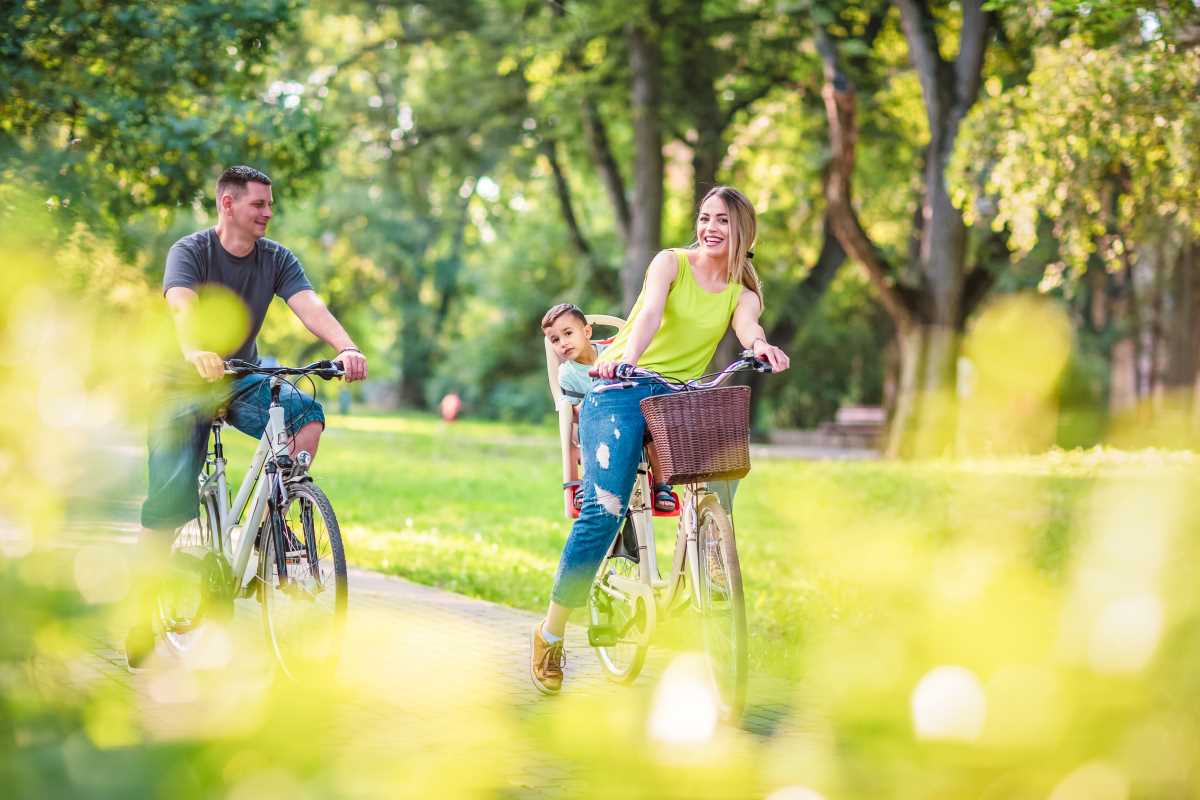Parks and recreational spaces are the beating heart of any community. These aren’t just areas for leisure; they’re hubs for physical activity, mental well-being, and social connection. Whether it’s a serene walking trail, a vibrant playground, or an open field for impromptu soccer games, parks have the power to transform neighborhoods into thriving communities. But what happens when your local park isn’t up to par or when your area lacks recreational spaces altogether?
The truth is, many parks suffer from neglect, outdated facilities, or even complete absence in underserved areas. But here’s the good news: You have the power to make a change. By advocating for better parks and recreation in your neighborhood, you can help create spaces that benefit everyone. Here’s how to get started.
The Benefits of Parks and Recreational Spaces
Before jumping into the steps of advocacy, it’s important to understand why parks are so essential for individuals and communities alike. Knowing the ‘why’ can fuel your passion and strengthen your case when advocating for improvements.
1. Physical and Mental Health Benefits
Parks encourage movement, which is key to a healthy lifestyle. Trails for walking or running, courts for sports, and playgrounds for kids all provide opportunities to stay active. Regular exercise reduces the risks of chronic diseases and improves overall well-being.
Beyond physical health, parks are equally vital for mental health. Simply spending time in green spaces has been shown to reduce stress, anxiety, and depression. The sight of trees, the sound of birds, and the feel of fresh air create an environment where people can recharge and reconnect with nature.
2. Community Building
Parks are natural gathering places. They bring together people from all walks of life to share experiences, whether through casual conversations, community events, or organized sports. They help neighbors meet, friendships form, and communities strengthen.
3. Environmental Benefits
Parks play a crucial role in improving air quality, reducing urban heat, and absorbing rainwater to prevent flooding. Trees and greenery create habitats for local wildlife, contributing to biodiversity. Investing in parks isn’t just about making people happy; it’s about creating a more sustainable, livable environment.
Step-by-Step Guide to Advocating for Better Parks
Step 1. Assess the Needs of Your Community
Begin by evaluating your neighborhood’s parks. Are there enough spaces for everyone? Are the facilities in good condition? Do people feel safe using them? If your area lacks parks entirely, identify any open spaces that could be converted into parks.
Talk to neighbors, friends, and local groups to gather feedback. For example, parents might express a need for updated playground equipment, while older residents may suggest shaded walking paths or community gardens. This input will help you understand the community’s needs and build a strong case for improvement.
Step 2. Research and Gather Data
Once you’ve identified the needs, gather data to support your advocacy efforts. This might involve:
- Documenting the current state of local parks through photos and written descriptions.
- Highlighting statistics on the benefits of parks, such as their impact on health, property values, and social cohesion.
- Researching examples of successful park advocacy efforts in other communities to show what’s possible.
Numbers and success stories can be powerful tools when presenting your vision to local leaders or rallying others to support your cause.
Step 3. Engage With Local Government
Local governments are key players when it comes to parks and recreation. Attend city council meetings or parks department discussions to learn about existing plans, budgets, and priorities for your area. These meetings are also opportunities to speak up about the changes you’d like to see.
When engaging with local officials:
- Be clear, concise, and solution-oriented.
- Share the community feedback you’ve collected and emphasize how the proposed improvements will benefit everyone.
- Offer specific suggestions, such as installing new equipment, improving lighting, or creating new recreational spaces.
Building positive relationships with local leaders can make a huge difference, so approach them with respect and a collaborative attitude.
Step 4. Organize Community Events
Community involvement is a powerful way to gain momentum for your cause. Hosting events like park clean-ups, tree plantings, or pop-up markets can bring awareness to the need for better parks. These events also show local leaders that residents care deeply about their community spaces.
For example, a group in Atlanta transformed a neglected park by rallying neighbors for regular clean-up days, planting flowers, and hosting fitness classes. Their consistent efforts eventually attracted funding from local businesses and government grants.
Additionally, events are a great way to gather more supporters for your advocacy efforts. The more voices you have on your side, the harder they’ll be to ignore.
Step 5. Start a Petition
A petition is a simple but effective way to demonstrate the community’s desire for change. Whether you go old-fashioned with pen-and-paper signatures or use online platforms like Change.org, a petition shows that you have broad support from your neighbors.
Make sure your petition clearly outlines your goals. For instance, “We demand the addition of new playground equipment and regular maintenance at [Park Name],” is stronger than a vague statement like “Improve our parks.” Present the completed petition to city leaders as part of your advocacy efforts.
Step 6. Use Social Media
Social media platforms are invaluable tools for raising awareness and building support. Create a dedicated page or group for your cause, where you can share updates, rally volunteers, and engage with your community.
Post visuals, like before-and-after photos of clean-up efforts or images of children enjoying the park (with permission). Use hashtags to gain visibility and connect with other advocates. Platforms like Facebook Events can help you promote community gatherings, while Instagram Stories provide a way to share quick updates and calls to action.
Don’t underestimate the power of storytelling. If a local family has benefited from using the park or is struggling due to its poor condition, share their story to make your advocacy efforts more relatable and impactful.
Step 7. Look for Funding Opportunities
Improved parks often require funding, and while local governments may allocate resources, additional funding can accelerate your plans. Research grants available for parks and green spaces, such as those offered by the National Recreation and Park Association (NRPA) or conservation organizations.
You might also partner with local businesses that can sponsor park upgrades, like purchasing benches, sports equipment, or planting trees. Crowdfunding platforms like GoFundMe can rally community members to chip in for specific improvements.
Step 8. Celebrate Small Wins
Every step forward is worth celebrating. Whether it’s securing a meeting with a city official, gathering signatures for your petition, or seeing progress in a park project, take the time to acknowledge these milestones. Use these victories to keep momentum strong and inspire your community to stay engaged.
For instance, a neighborhood in Portland celebrated the installation of new swings at their local park with a picnic. This simple act of acknowledgment showed the community what they could achieve by working together, motivating them to tackle even bigger challenges next.
Inspiration From Successful Advocacy Efforts
Around the country, communities have come together to transform their parks and recreational spaces. One notable example is the revitalization of the High Line in New York City. Once an abandoned railway track, community advocates pushed for its conversion into a unique, elevated green space. Today, it’s a stunning park visited by millions annually.
On a smaller scale, a group of residents in Omaha, Nebraska, turned a neglected park into a vibrant space with walking paths, picnic areas, and a community garden. Their success was fueled by persistent advocacy, community partnerships, and small fundraising events.
 (Image via
(Image via





